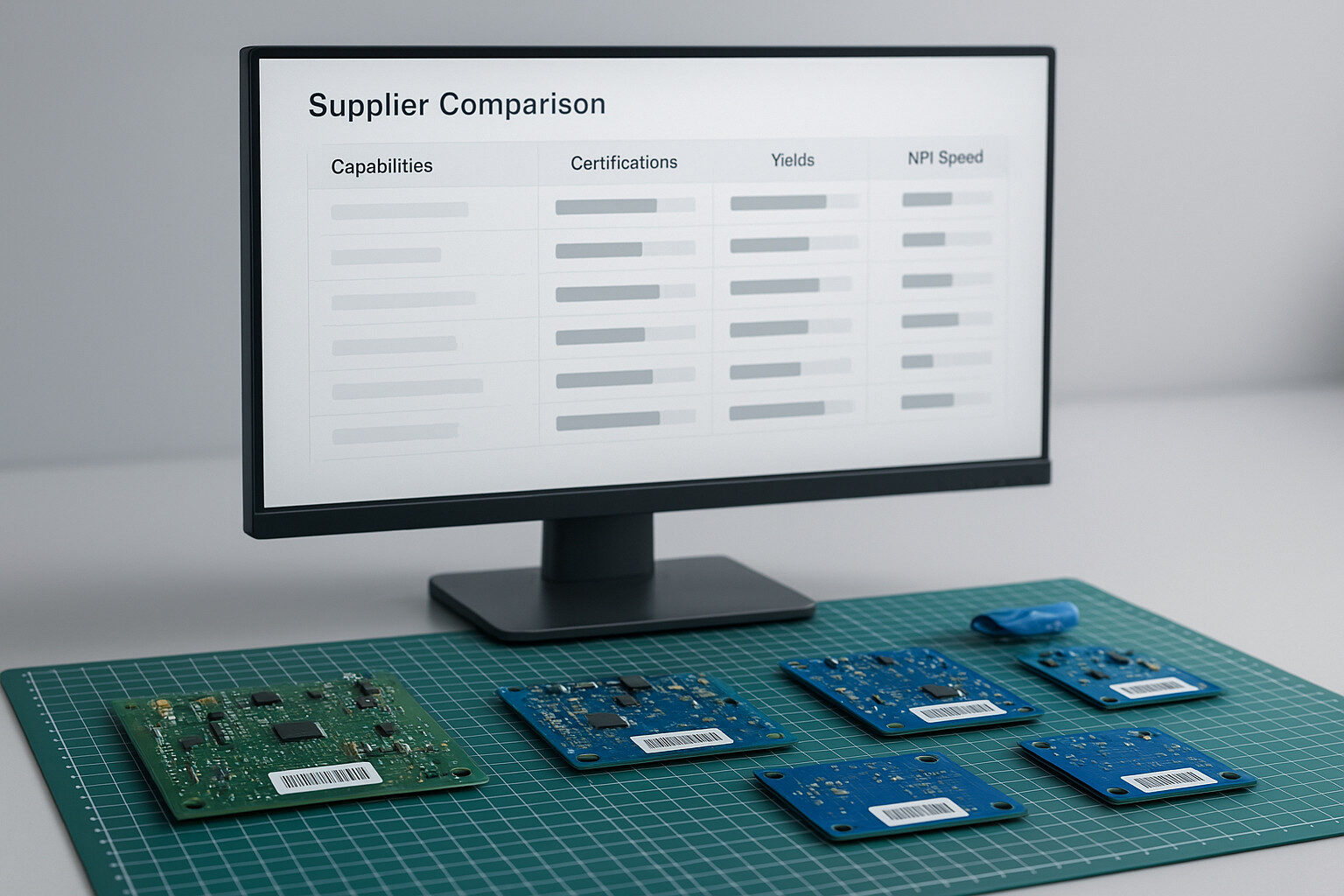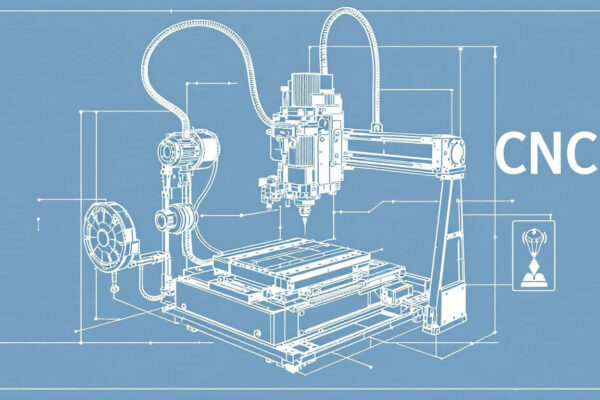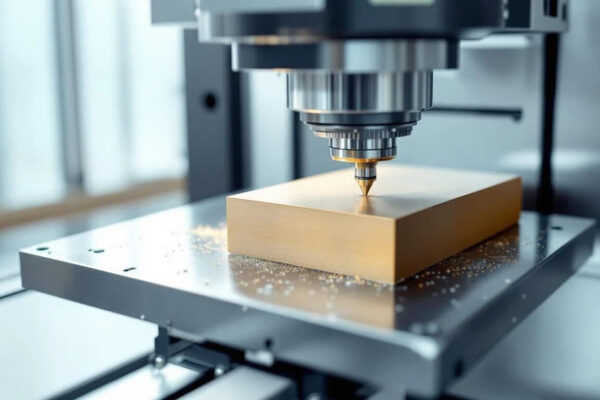Key Takeaways
- SMD PCB assembly (surface-mount) delivers speed and miniaturization, while THT assembly (through-hole) adds mechanical strength and thermal robustness—most EMS lines run mixed technology to optimize performance and cost.
- Modern EMS lines support industrial PCB manufacturing from PCB fabrication to test, plus integration tasks like cable assembly, wire bond for hybrids, and “PCB on PCB” mezzanines.
- Design choices for inductive components—including nanocrystalline materials and a nanocrystalline core—directly affect EMI, efficiency, and thermal behavior on power PCB circuits.
- Understanding EMS meaning and the realities of EMS manufacturing helps you compare contract manufacturing companies, PCB manufacturers, and full-service partners.
- The PCB market rewards clarity: standardize terminology (“what does PCB stand for?”), specify PCB material, tolerances, and test methods to reduce rework and speed approval of PCBAs and custom PCB builds.
High-reliability electronics depend on assembly discipline. Whether you’re scaling industrial controls or medical power boards, your EMS partner’s capability in PCB manufacturing, process control, and verification has a major impact on yield, cost, and lifetime reliability. This article maps the landscape—from PCB fabrication to box build—so you can brief stakeholders and choose the right path to production.
First, let’s align on language
If you’ve ever asked “what is PCB?” it’s the printed circuit board that mechanically supports and electrically routes components.
We’ll define essential PCB terms you’ll see in RFQs, explain how SMD PCB assembly differs from THT assembly, and show where materials like a nanocrystalline core fit into power magnetics. Along the way, we’ll compare contract manufacturing companies and full-service EMS partners so your next PCBAs can ship on time and to spec.

PCB 101: What Does PCB Stand For & How Is It Built?
PCB stands for Printed Circuit Board. Think of it as a laminated stack of PCB material (e.g., FR-4, high-Tg, polyimide, RF laminates) patterned with copper to form PCB circuits.
A PCB fabrication manufacturer produces the bare PCB—lamination, drilling, plating, imaging, and surface finishing—before assembly ever starts.

SMD vs. THT: Choosing the Right Assembly Path
SMD PCB assembly
Stencil print → place → reflow → AOI/X-ray.
Ideal for miniaturization, speed, and cost scaling.
(Pro tip: BOMs that repeat “SMD” for identical parts can usually be consolidated.)
THT assembly
Manual/robotic insertion → wave or selective solder → inspection.
Best for high-power connectors, tall components, and parts exposed to mechanical stress.
Mixed technology
Many industrial PCB production lines combine both SMD and THT to achieve the best performance-to-cost ratio.

Power Stage Focus: Inductive Components & Nanocrystalline Cores
In power electronics, inductive components often dominate thermals and EMI behavior. A nanocrystalline ribbon—formed into a nanocrystalline core—offers high permeability with low losses and enables more compact chokes and transformers.
Specify current ripple, flux density, and temperature rise so your EMS partner can right-size magnetics and optimize layout for minimal loop area and stable operation.

From PCB Fabrication to Industrial PCB Manufacturing
PCB fabrication creates the bare board; PCB manufacturing (assembly) adds components, testing, and serialization to deliver finished PCBAs.
In industrial PCB manufacturing, documentation and traceability are essential—panelization rules, fiducials, paste apertures, and test coverage must be clearly defined in advance. For custom PCB runs, align on solder finish, impedance targets, and DFM gates with your PCB manufacturer.
System Integration: Wire Bond, Cable Assembly & PCB-on-PCB
Industrial EMS programs often go beyond the board level.
Hybrid modules may use wire bond for die-to-substrate interconnects.
Enclosures frequently require cable assembly with pull-test validation.
Compact systems may stack “PCB on PCB” using mezzanine connectors or rigid-flex designs.
These steps transform a bare PCB into a fully integrated, field-ready product or subsystem.
Selecting Partners: EMS Meaning, PCB Manufacturers & CMs
EMS (Electronics Manufacturing Services) spans design support, EMS manufacturing, test, logistics, and lifecycle services. In evaluating partners, you may consider:
- specialized PCB fabrication manufacturers,
- full-service PCB manufacturers,
- broader contract manufacturing companies (CMs).
Key factors include certifications, yield data, NPI playbooks, test capabilities, and support for PCB repair or obsolescence management. Monitoring the PCB market for lead-time and pricing changes helps stabilize schedules and budgets.

FAQ
Q1. Define PCB in one line.
A: A PCB is a laminated substrate with patterned copper circuits that mechanically support and electrically connect components.
Q2. What is PCB / what is a PCB?
A: Both refer to the same thing: the printed circuit board used to mount and interconnect electronic components.
Q3. When should I choose THT over SMD?
A: Choose THT assembly for high-current, tall, or stress-prone components (connectors, magnetics, heatsinks).
Use SMD for miniaturization, automated throughput, and cost efficiency.
Q4. Is “SMD SMD” a valid spec?
A: It’s usually a duplicated BOM note—your EMS partner will standardize it to proper SMD callouts.
Q5. Who should build my boards?
A: Many teams work with a full EMS provider that coordinates PCB fabrication, PCB assembly, test, cable assembly, and post-ship support.
Alternatively, combine a PCB manufacturer (bare boards) with a contract manufacturer (assembly) depending on volume and complexity.
About TPS Elektronik
TPS Elektronik delivers industrial PCB production from NPI to series scale—covering custom PCB stackups, high-mix PCB assembly, power magnetics with nanocrystalline core options, and integration services such as wire bond and cable assembly. We support our customers through the full lifecycle of their PCBAs to ensure stable, reliable production.




